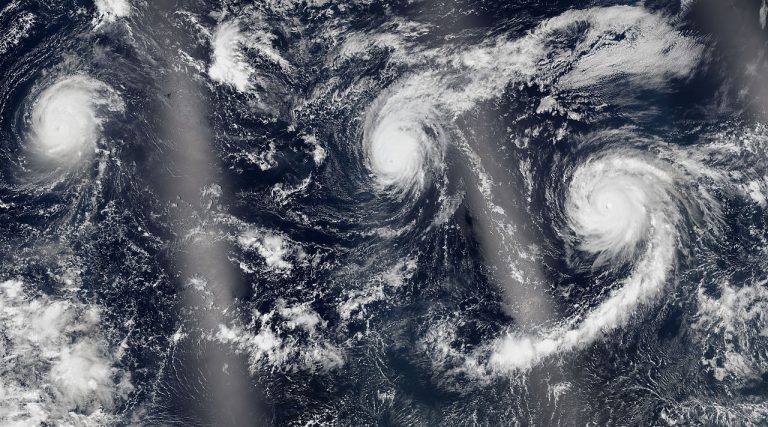
The future of the planet isn’t so bright. This is not new given the hole in the ozone layer, the melting glaciers, the powerful earthquakes and hurricanes that have never been seen before, and the fact that they are hitting the planet with a fury that has never been seen before.
In this regard, a researcher at the University of Southampton a few years ago, has carried out a study to say the least apocalyptic. According to him, in fact, the scenario painted in the catastrophic movie The Day After Tomorrow could become reality very soon.
What Is the Film About
The Day After Tomorrow was released in cinemas in 2004. It was about global warming which caused a sharp drop in temperatures. This was due to phenomena related to the circulation of water in the South Atlantic. In particular, the changes, first due to global and ice warming, then to sharp drop in temperatures, occurred in a few days. In some cases, they needed just a few hours. Such changes led to the creation of powerful hurricanes, tornadoes and rising oceans. The last consequence was the freezing of the entire northern hemisphere of the planet.
In the following years many critics have then relegated the plot of the film to mere fantasy. A number of scientists, moreover, mocked its credibility at the scientific level. Today, however, someone thinks otherwise.
Just Like in The Day After Tomorrow
Professor Sybren Drijfhout of the University of Southampton, in fact, carried out an analysis using data from the ECHAM climate model made by the Max-Planck Institute in Hamburg. He found that if global warming continues at these levels, in 20 years the Earth could cool down. This would cause a collapse of the thermo-alina circulation (AMOC, Atlantic meridional overturning circulation), just as described in the film.
In the following years, according to Drijfhout, the average global temperature would drop to 0.8 degrees Celsius. However, this new study, which appeared in Nature Scientific Reports, also reveals that the recent period of global warming is still too weak. Moreover, this cannot be attributed to a single cause. In fact, other factors are affecting our planet, such as strong solar activity. Or again, there may be something that is creating anomalies in the solar system and consequently also in the Earth.
Now we can only see the reality of the global climate change taking place, which sooner or later will lead the world to collapse. Climatologists believe that the problems will come as early as 2020 if no action is taken in time. But according to many scientists, we have entered a dead end and there is no turning back. It is useless to deny the reality of the facts.





Leave a Reply